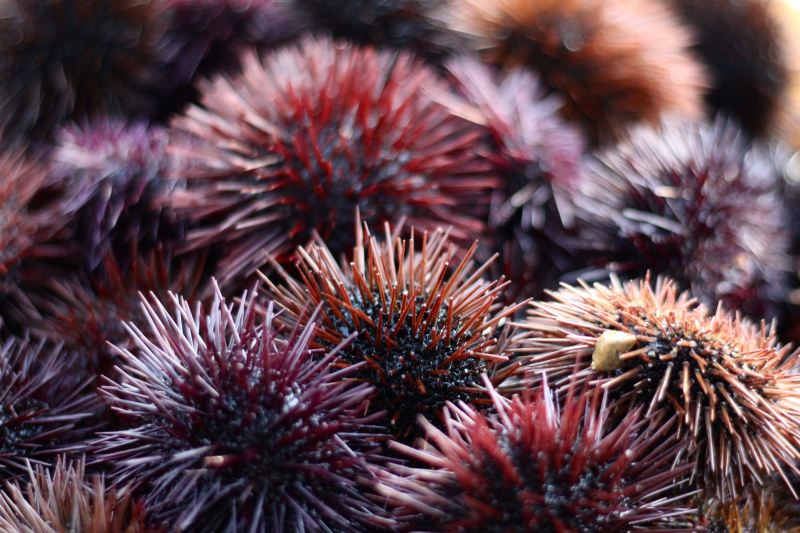Unless you’ve ever accidentally happened upon one barefoot while exploring tide pools, chances are you’ve never given much thought to how you feel about sea urchins. Sure, they’re beautiful in a questionably pretentious modern art kind of way and make for some fun aquarium exhibits, but most don’t really care one way or the other about these purple little weirdos.
It turns out there’s a pretty big reason to care. These pokey little beauties are causing extreme harm down the coast of the Western United States.
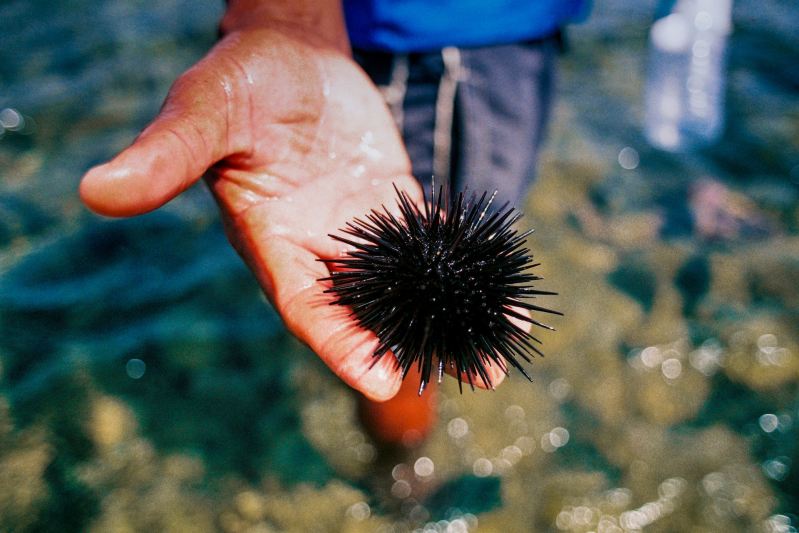
What is a sea urchin?
Stemming from the medieval name for “hedgehog,” the sea urchin has been around for quite a while, with some fossils dating as far back as 465 million years. These prickly little ocean pests are best known for their vibrant hues and unpleasant spikes.
Sea urchins aren’t picky about their habitat and dwell in each of the earth’s oceans from the tide line down to depths of 15,000 feet. They’re also pretty carefree about their diets, eating just about anything that they can, from sea sponges to kelp, with a strong preference for the latter. And that preference is creating quite a problem along California and Oregon shorelines. Sea urchins are quickly devouring all of the West Coast’s kelp forests.
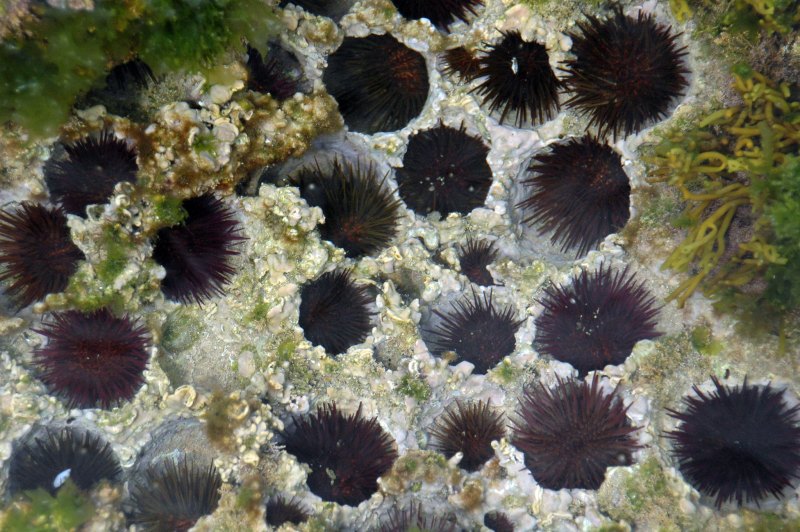
How are sea urchins harming the West Coast?
A healthy ecosystem comprises a delicate balance of predator and prey and the unique biodiversity that comes from that environment. But along the California and Oregon coastlines, that delicate balance is at serious risk of collapse due to a massive sea urchin population increase of 10,000% in recent years. These selfish sets of spikes have only two natural predators — otters and sunflower sea stars — and those are in vastly short supply.
Sea urchins are a favorite of wild otters, but the sea otter population was very nearly extinguished altogether due to the fur trade that lasted until the early 1900s. While populations are returning to California at a promising rate, Oregon hasn’t been quite as fortunate. As for the sea urchin’s other enemy, the population of sunflower sea stars has been dropping drastically recently, diseased due to warmer waters brought on by climate change.
The lack of predatory threat has sea urchins completely decimating all of the West Coast’s kelp forests, which, in turn, is driving out other wildlife and plant species. If kelp forests disappear, it could lead to extremely low populations of hundreds of species of fish, birds, and other sea mammals. Should these animals go extinct, the entire food chain would be unbalanced.
“The combination of all these abrupt changes is what caused the collapse of the kelp forest on the North Coast. The stressors from climate change, it just really puts these systems, not just marine systems, into precarious positions,” Meredith McPherson, a graduate student at UC Santa Cruz, told NPR.
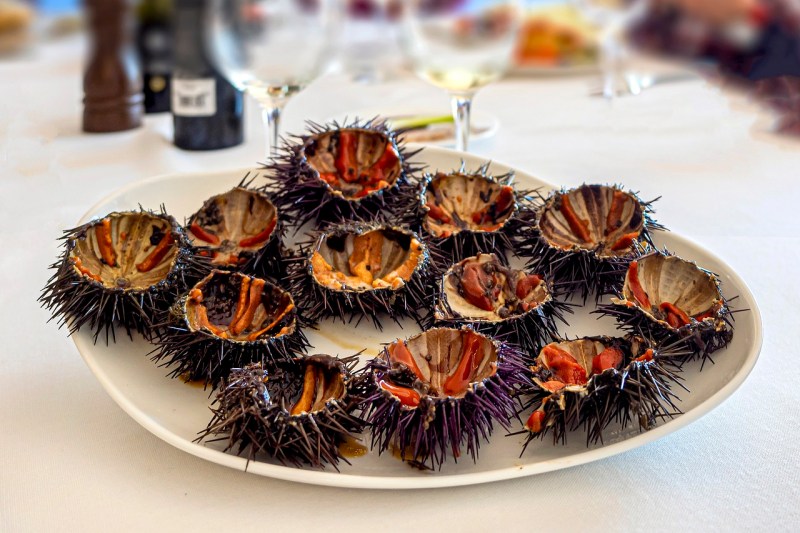
There’s a delicious way to help
While many notable scientists and environmentalists are hard at work trying to solve this problem, so are those in another professional arena – chefs. Chefs all along the country’s Western coast are creating dishes that feature sea urchin — also called uni when referred to as a food — on their menus. Of course, dining on uni alone will not eradicate the problem altogether, but every little bit helps, and this is certainly a delicious way to chip in.
There are several varieties of sea urchins, but the best for eating are red and purple. Red sea urchin has been on menus for ages due to its easy availability and large lobes that range in color from deep gold to a more vibrant orange hue. The purple sea urchin, though, is the bigger environmental threat at hand, and therefore, that which is making an increased, showier appearance on seafood menus. Purple sea urchin is also turning into quite the regular star at markets and grocers in many areas, so creating your own uni dish at home is much easier than it used to be.
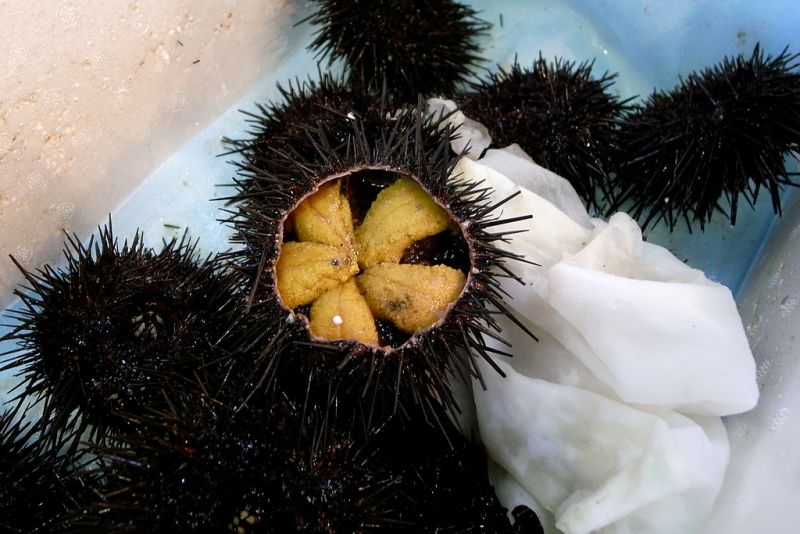
What does sea urchin taste like?
In the interest of full disclosure, it’s important to establish exactly what bit of sea urchin one can eat. Unlike so many of the animals we consume, the sea urchin lacks legs or wings to slather in sauce. What our spikey friend does deliver, though, is every bit as delicious to the open-minded. Gonads. Yes, the reproductive organs of sea urchins are not only edible but sublime in their flavor. And while the thought may be tricky for some to get past, the rewards will be immense once the cringe is overcome.
Uni has a salty-sweet, beautifully briny, umami flavor that some compare to caviar or oysters. Though, in our opinion, they’re much richer and more complex in comparison.
Uni is usually eaten raw as the texture is creamy and rich as is, but it can also be cooked and made into a delicious sauce, as in the recipe below.
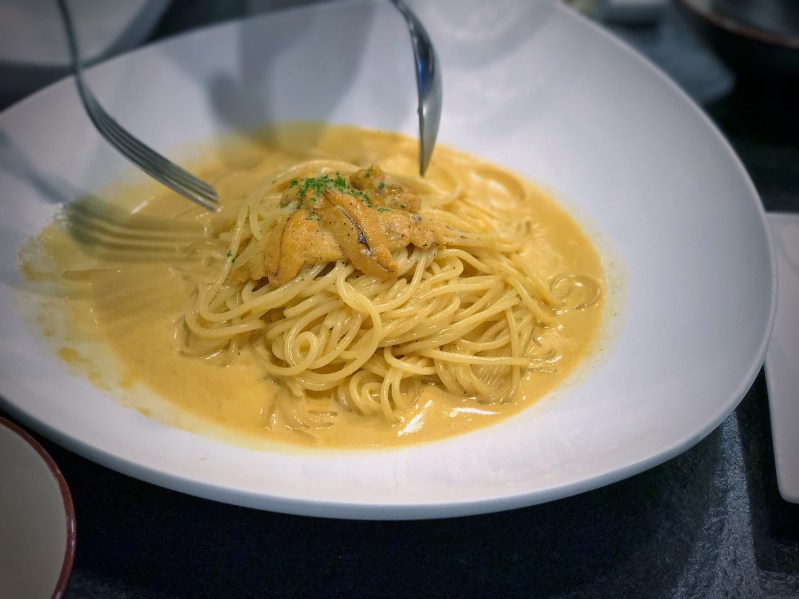
Creamy uni pasta recipe
Ingredients:
- 8 ounces bucatini pasta
- 2 cloves garlic, minced
- 1 shallot, minced
- 2 tablespoons olive oil
- 1/2 teaspoon red pepper flakes
- 1/4 cup dry white wine
- 1/4 cup heavy whipping cream
- 3 ounces uni
- Salt and pepper to taste
Method:
- Cook bucatini in salted water until pasta is just short of al dente.
- Heat oil over medium heat. Add the shallot, garlic, and crushed red pepper flakes when the oil is warm. Sauté until fragrant.
- Add wine and cook until most of the liquid has evaporated.
- Add cream, stirring to combine.
- Add uni to the pan, leaving a few pieces aside for garnish. Break up the uni using a spoon or spatula, leaving some small pieces intact for texture.
- Pour the cooked pasta into the saucepan and combine everything over medium heat. Add pasta water as needed to thin the sauce to your desired consistency.
- Garnish with reserved uni pieces and serve.
